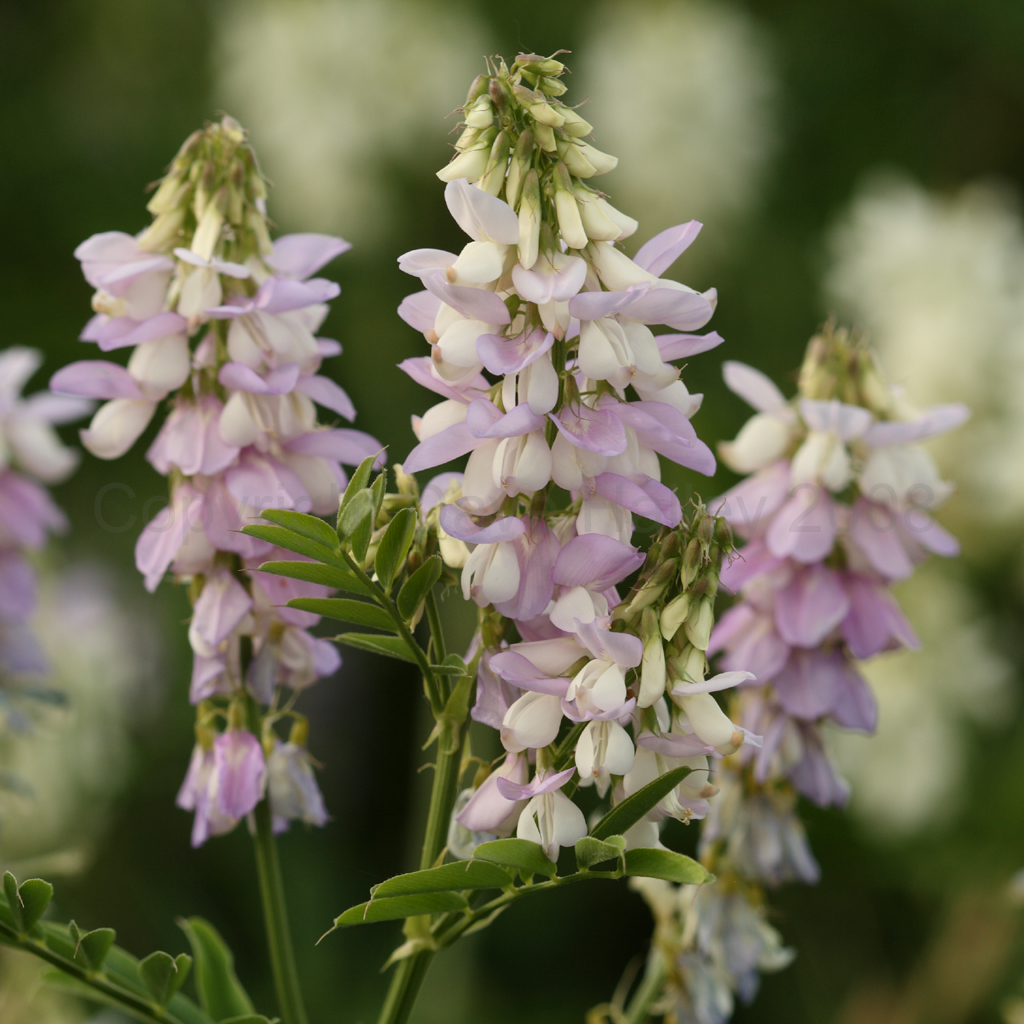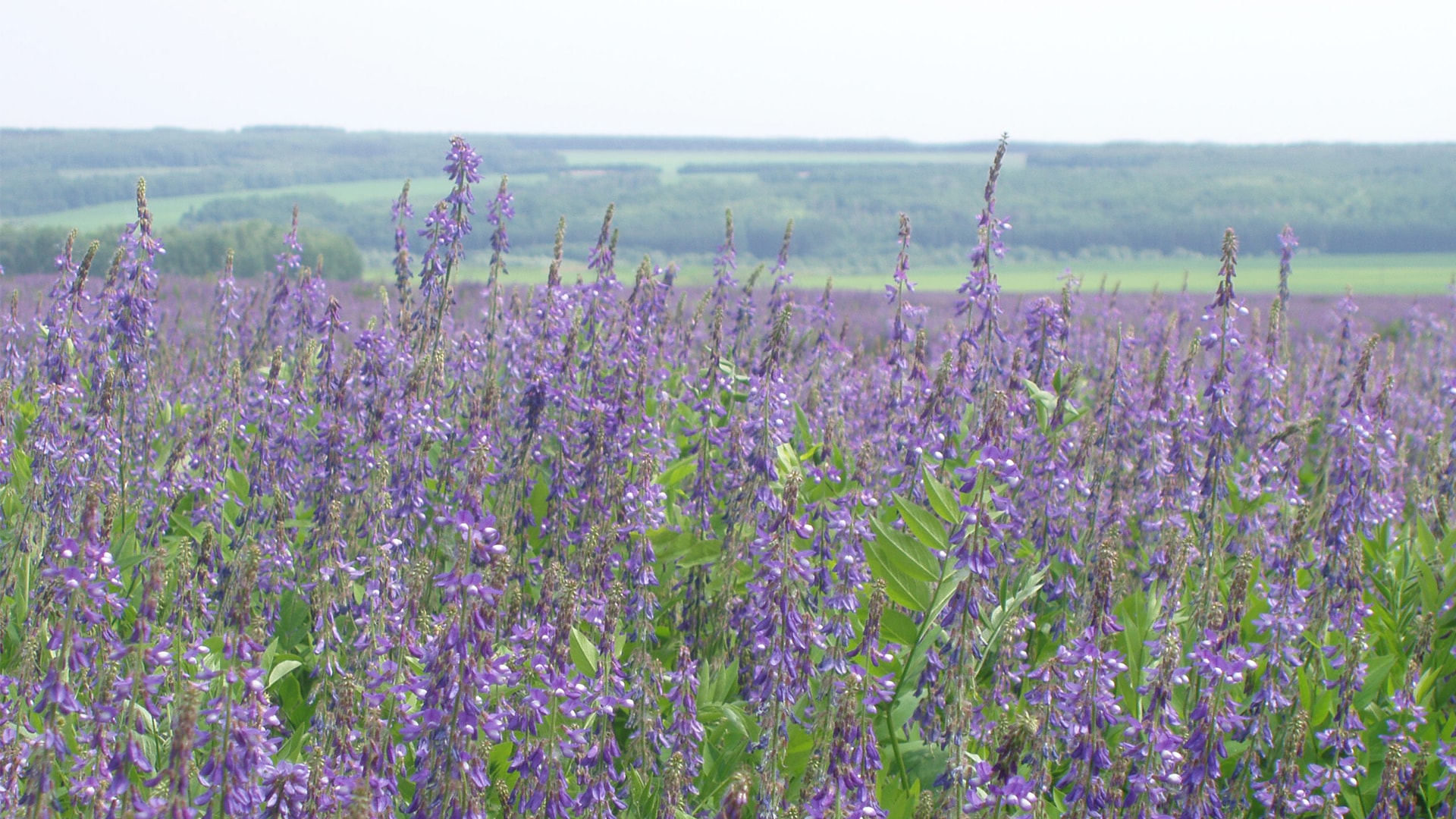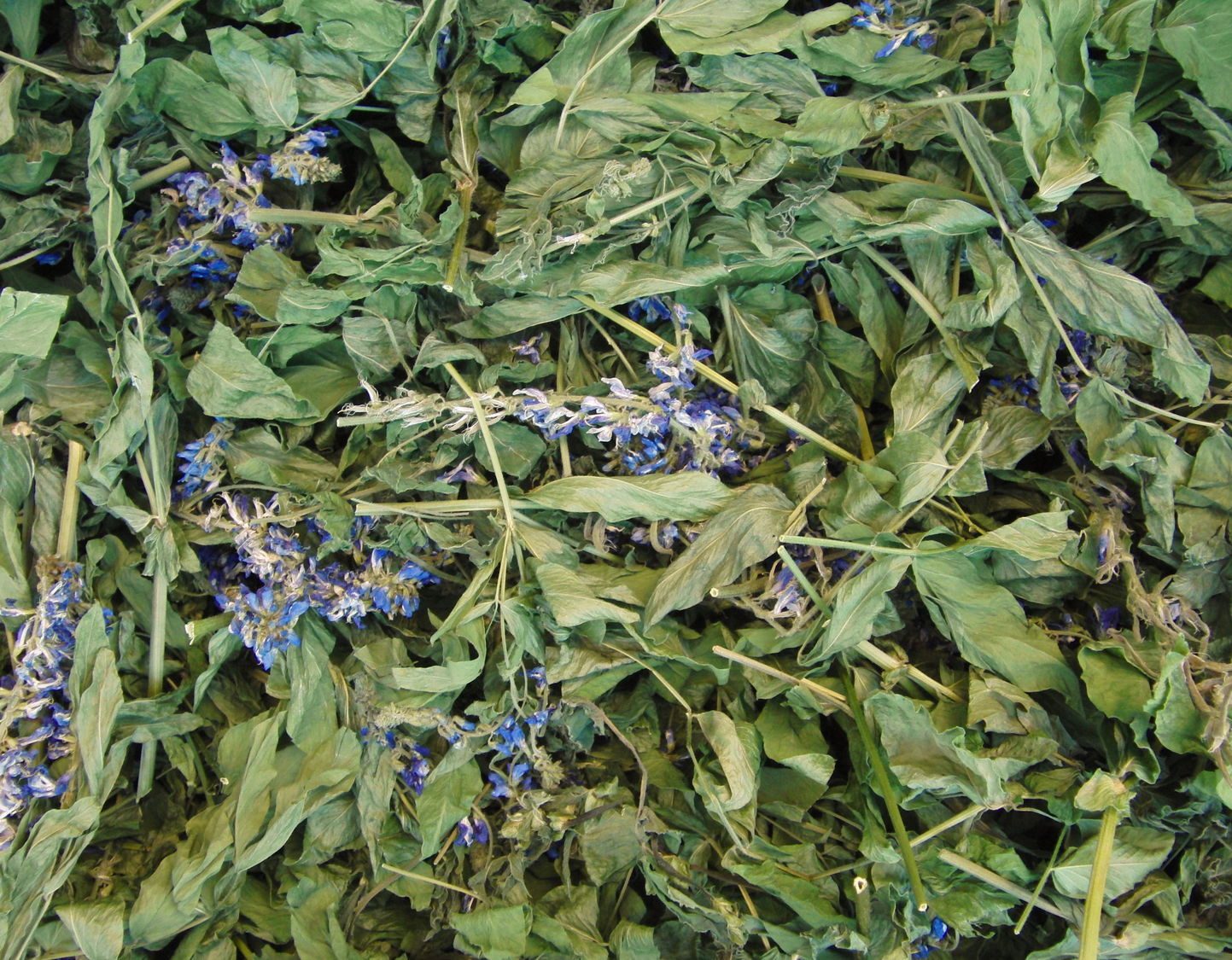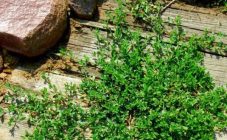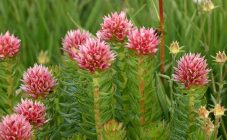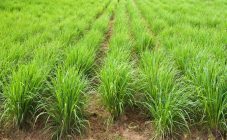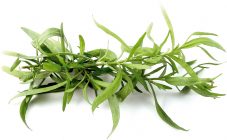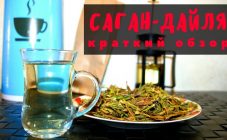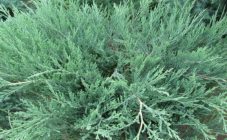Content:
Goat's rue is a perennial herb. The healing plant has found its application not only in agriculture, but also in medicine. Other names for goat's rue are galega, goat rue and chokabuk, rutovka, Galega officinalis.
Description of culture
Belongs to the legume family. Galega is widespread in Ukraine, mainly grows in the Crimea, the Carpathians, in the Dnieper region. Goat's rue is a forage grass, found in the Black Sea and Lower Volga regions of Russia, in the Caucasus and in Moldova. Chokabuk grows next to rivers and streams, near oxbows, in meadows among bushes, in mountain steppes and along ravines, along roads.
What the plant looks like:
- galega - grass with a straight stem stem, lush branches, which are covered with elongated leaves;
- the flower consists of 4 sepals, 5 petals, one pistil and 10 stamens.
The legume family also includes clover, alfalfa, lentils, acacia, mimosa, inga, wisteria, etc. Galega, unlike other plants in the family, is tall. The grass is a honey plant, thanks to the shallow nectaries, it is easily pollinated by bees and other insects. The weed ripens earlier than clover and alfalfa. In addition, the goat's rue is cold-resistant and frost-resistant.
Legumes are the most reliable source of cheap vegetable protein and raw materials for winter feed. The fodder value of the galega plant is significantly higher than that of other herbs from this family.
Varieties and reproduction
The species diversity of the goat's rue is presented in two variants. The plants are very different and cannot be confused.
And in order for goat grass to be nutritious and give a good harvest, you need to know how it multiplies and on what soils it grows best.
Names of varieties, difference and features of growth
There are two types of chokabuk - oriental and medicinal. Eastern goat's rue is a fodder plant, honey plant and nitrogen fixer.
Medicinal galega is used exclusively in medicine. The plant is used to prepare folk remedies for diabetes.
Description of the similarities, differences and features of growth:
- medicinal grass galega and fodder have a pivotal and powerful root system, penetrating to a depth of 50-80 cm;
- the medicinal species reaches 1 m in height, usually does not grow more than 20 cm. The forage species is 80–140 cm. Sometimes the stem reaches 2 m;
- the medicinal plant has purple-blue flowers. The wings are white, and the length reaches 25 cm. Stern - bright lilac flowers in the amount of 25-70 pieces, the raceme is long. The flowering period for both varieties is in July;
- beans. Form - pointed, number - 3-7 pieces, 2-4 cm long. Do not crack on their own;
- leaves of the medicinal species are odd-pinnate with 6–8 pairs, of the forage species - odd-pinnate oval;
- growing area. Medicinal herb - Ukraine, Russia, Moldova. They are also grown in China. Fodder - forest and forest-steppe zone of the Caucasus.
Growth features.
Goat's rue is a light-loving culture. Requires a lot of light. In the first 40-50 days after germination, it especially needs sunlight. Sowing a plant under cover is not desirable. This will lead to a decrease in productivity. Chokabuk - inhibits the growth of other weeds. However, in the first year after sowing, it hardly competes with them, it is important to consider this if you want to get fertile grass. Seeds sprout 8-15 days after sowing, sowing is recommended no later than June 20, so that the plant survived the harsh winter.
In the Altai Territory, two more forms of the eastern goat's rue are found - the North Caucasian and the Oryan. Growth features are the same, other characteristics are similar.
How the plant reproduces
The goat's rue reproduces by seeds. They are found in beans. The shell rarely opens on its own, so the seed reproduction method is difficult.
Also, galega reproduces by division. The root system is able to form new shoots. New shoots are carefully transplanted, taking care not to damage the main root.
What soil does it grow on
Goat rue easily tolerates spring or autumn flooding. The grass can stand up to 2 weeks in water and produce a good harvest.
The crop should not be planted near groundwater and in heavy, floating soils. The goat's rue is a moisture-loving plant, however, the constant presence of moisture is harmful to it.
The soil for the grass should be loose, water-permeable with a slightly acidic or neutral reaction. It grows on black soil, gray forest, sod-podzolic soils and on reclaimed peat bogs.
Culture properties
The use of goat rue in medicine is unofficial. The plant is not included in the pharmacopoeia. However, the substances in the herb are fairly well understood.
Where, in what industry is it used
Eastern goat's rue is used in animal husbandry. Hay and silage are harvested from it. Feed is given to rabbits, sheep, goats, pigs and cows. The benefits for animals are obvious - many nutrients, increased lactation and weight gain.
The use of medicinal galega is practiced by traditional healers. Herbal decoctions and infusions are prepared.
How is the plant useful and how it affects humans
The inflorescences and seeds contain tannins, alkaloids, fats and sugars, organic acids. Most often, the herb is used to prepare collections from several plants.
The use of root is practiced in diabetes mellitus. It has been experimentally revealed that this alkaloid is capable of exerting a hypoglycemic effect. Goat rue helps lower blood sugar levels. Removes fluid from the body.
Chokabuk increases the tone of blood vessels, improves their elasticity, and strengthens the smooth internal muscles. Thanks to this action, the concentration of harmful cholesterol is reduced.
Goat rue has worked well in the treatment of diabetes and other diseases, however, it is not recommended to use it without consulting a doctor.
Other properties of Galega officinalis are diuretic and diaphoretic. Intestinal motor function is stimulated, pupils are narrowed.
Healers prescribe the intake of decoctions as an anthelmintic.
Contraindications:
- children under 16;
- pregnant women;
- individual plant intolerance;
- anemia.
Among the side effects, there are disturbances in the functioning of the intestines, allergic reactions in the form of a rash and arterial hypertension.
Features and characteristics
When sowing in spring, without observing the conditions of agricultural technology, there are practically no shoots. Also, the plant occasionally blooms in the southern regions at the first planting of seeds.
In the first year, the plant reaches a height of 40-60 cm. It takes 2-3 months from spring shoots to seed ripening. The grass tolerates frost well.
2–18 shoots appear on the rhizome, at first they grow horizontally up to 30 cm, and then go out, forming a stem.
The seeds are yellow-green or olive green when harvested. And during storage they darken, become dark brown.
About diseases and pests: what are there and how to deal with them
Galega should not be planted next to related crops (alfalfa, peas or clover) to avoid pest migration. Aphids and caterpillars can appear on the leaves and stems.
Galega is also affected by gray rot, powdery mildew, ramulariasis, ascochitis. The mass spread of these diseases is not observed, and preliminary etching helps to avoid them.
When you can collect grass and harvest. Drying and storage
Flowers and inflorescences are harvested at the beginning of the flowering phase. It is only necessary to harvest the blossoming buds.
Inflorescences must be sorted out, spread a soft tissue in the shade and spread the raw materials in a thin layer. Can be dried on gauze hammocks by hanging them in the attic. A dried plant is considered when the flowers become dry to the touch, when squeezed, they do not stick together into a lump.
Store in paper bags or bags. The dried flowers are placed in glass jars. Store in a dark place, shelf life is 2 years.
The goat's rue is listed in the Red Book of Rostov and Lvov regions, because its medicinal effect is invaluable.
Galega is an excellent honey plant and a valuable forage crop. Easy to grow and harvest.

